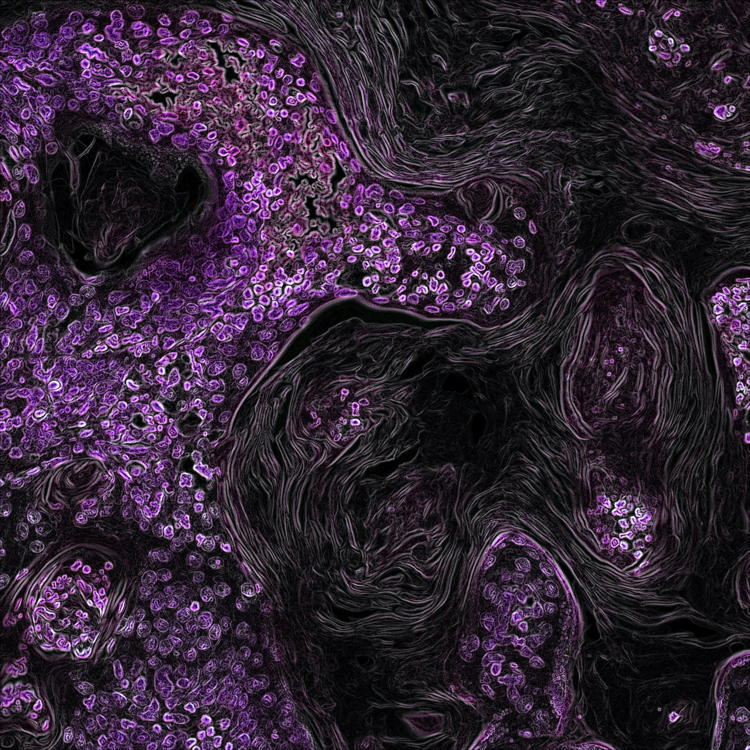The role of miRNA-29b1 on the hypoxia-induced apoptosis in mammalian cardiomyocytes
Submitted: 12 March 2024
Accepted: 6 May 2024
Published: 27 June 2024
Accepted: 6 May 2024
Abstract Views: 411
PDF: 192
HTML: 5
HTML: 5
Publisher's note
All claims expressed in this article are solely those of the authors and do not necessarily represent those of their affiliated organizations, or those of the publisher, the editors and the reviewers. Any product that may be evaluated in this article or claim that may be made by its manufacturer is not guaranteed or endorsed by the publisher.
All claims expressed in this article are solely those of the authors and do not necessarily represent those of their affiliated organizations, or those of the publisher, the editors and the reviewers. Any product that may be evaluated in this article or claim that may be made by its manufacturer is not guaranteed or endorsed by the publisher.
Similar Articles
- W.J. Liu, J. Yang, Preferentially regulated expression of connexin 43 in the developing spiral ganglion neurons and afferent terminals in post-natal rat cochlea , European Journal of Histochemistry: Vol. 59 No. 1 (2015)
- Xilin Ge, Caoxin Huang, Wenting Chen, Chen Yang, Wenfang Huang, Jia Li, Shuyu Yang, Effect of Danggui Buxue decoction on hypoxia-induced injury of retinal Müller cells in vitro , European Journal of Histochemistry: Vol. 68 No. 4 (2024)
- ChenHui Zhu, LiJuan Lin, ChangQing Huang, ZhiHui Wu, Activation of Hedgehog pathway by circEEF2/miR-625-5p/TRPM2 axis promotes prostate cancer cell proliferation through mitochondrial stress , European Journal of Histochemistry: Vol. 68 No. 4 (2024)
- A. Rus, M.L. Del Moral, F. Molina, M.A. Peinado, Upregulation of cardiac NO/NOS system during short-term hypoxia and the subsequent reoxygenation period , European Journal of Histochemistry: Vol. 55 No. 2 (2011)
- M.L. Escobar Sánchez, O.M. EcheverrÃa MartÃnez, G.H. Vázquez-Nin, Immunohistochemical and ultrastructural visualization of different routes of oocyte elimination in adult rats , European Journal of Histochemistry: Vol. 56 No. 2 (2012)
- Chaojie He, Yi Yu, Feifan Wang, Wudi Li, Hui Ni, Meixiang Xiang, Pretreatment with interleukin-15 attenuates inflammation and apoptosis by inhibiting NF-κB signaling in sepsis-induced myocardial dysfunction , European Journal of Histochemistry: Vol. 68 No. 2 (2024)
- I. Kopera, M. Durlej, A. Hejmej, K. Knapczyk-Stwora, M. Duda, M. Slomczynska, M. Koziorowski, B. Bilinska, Effects of pre- and postnatal exposure to flutamide on connexin 43 expression in testes and ovaries of prepubertal pigs , European Journal of Histochemistry: Vol. 54 No. 2 (2010)
- Guoyue Liu, Cunzhi Yin, Mingjiang Qian, Xuan Xiao, Hang Wu, Fujian Fu, LncRNA gadd7 promotes mitochondrial membrane potential decrease and apoptosis of alveolar type II epithelial cells by positively regulating MFN1 in an in vitro model of hyperoxia-induced acute lung injury , European Journal of Histochemistry: Vol. 67 No. 2 (2023)
- Dajie Wang, Zhaofeng Zhou, Liang Yuan, Polydatin reverses oxidation low lipoprotein (oxLDL)-induced apoptosis of human umbilical vein endothelial cells via regulating the miR-26a-5p/BID axis , European Journal of Histochemistry: Vol. 66 No. 4 (2022)
- Wei Wang, Wenbo Tang, Erbo Shan, Lei Zhang, Shiyuan Chen, Chaowen Yu, Yong Gao, MiR-130a-5p contributed to the progression of endothelial cell injury by regulating FAS , European Journal of Histochemistry: Vol. 66 No. 2 (2022)
You may also start an advanced similarity search for this article.
Publication Facts
Metric
This article
Other articles
Peer reviewers
2
2.4
Reviewer profiles N/A
Author statements
Author statements
This article
Other articles
Data availability
N/A
16%
External funding
N/A
32%
Competing interests
N/A
11%
Metric
This journal
Other journals
Articles accepted
57%
33%
Days to publication
106
145
- Academic society
- N/A
- Publisher
- PAGEPress Publications, Pavia, Italy

 https://doi.org/10.4081/ejh.2024.4021
https://doi.org/10.4081/ejh.2024.4021












